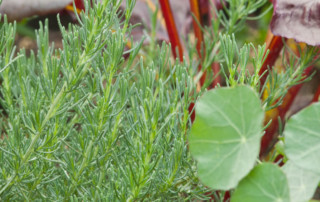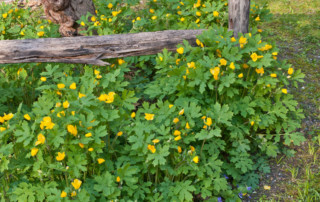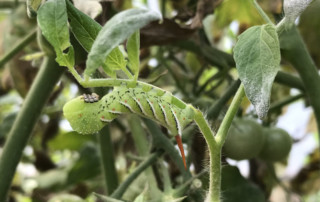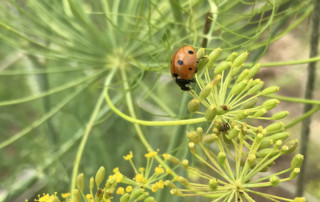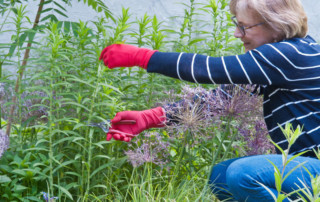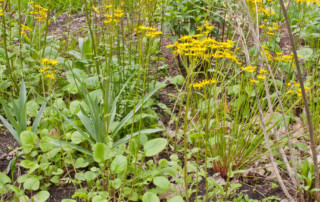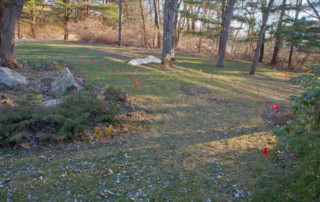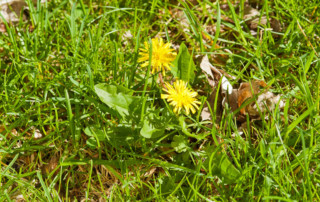Plants I’ve Loved and Tossed
We all fall in love with plants - and then at some point, we're so over it. I've loved and lost many plants over the past 30+ years. But I've loved and tossed plenty of them too. Sometimes a plant just isn't as interesting as I first thought. Or it was a hot new release [...]


